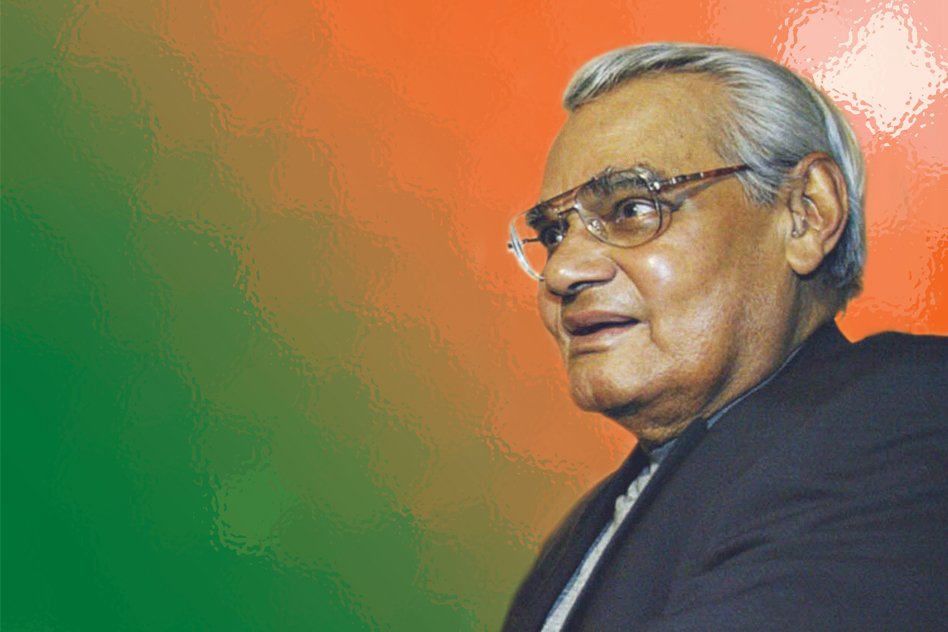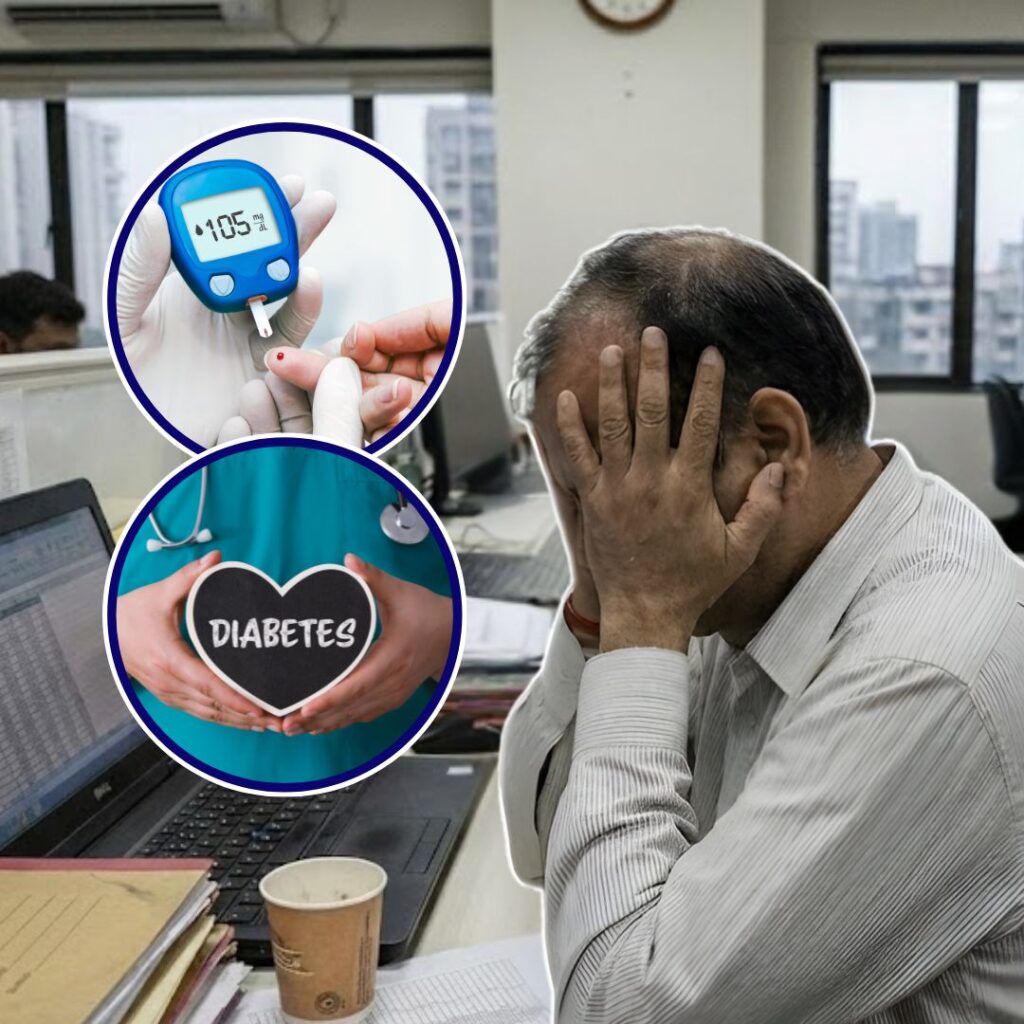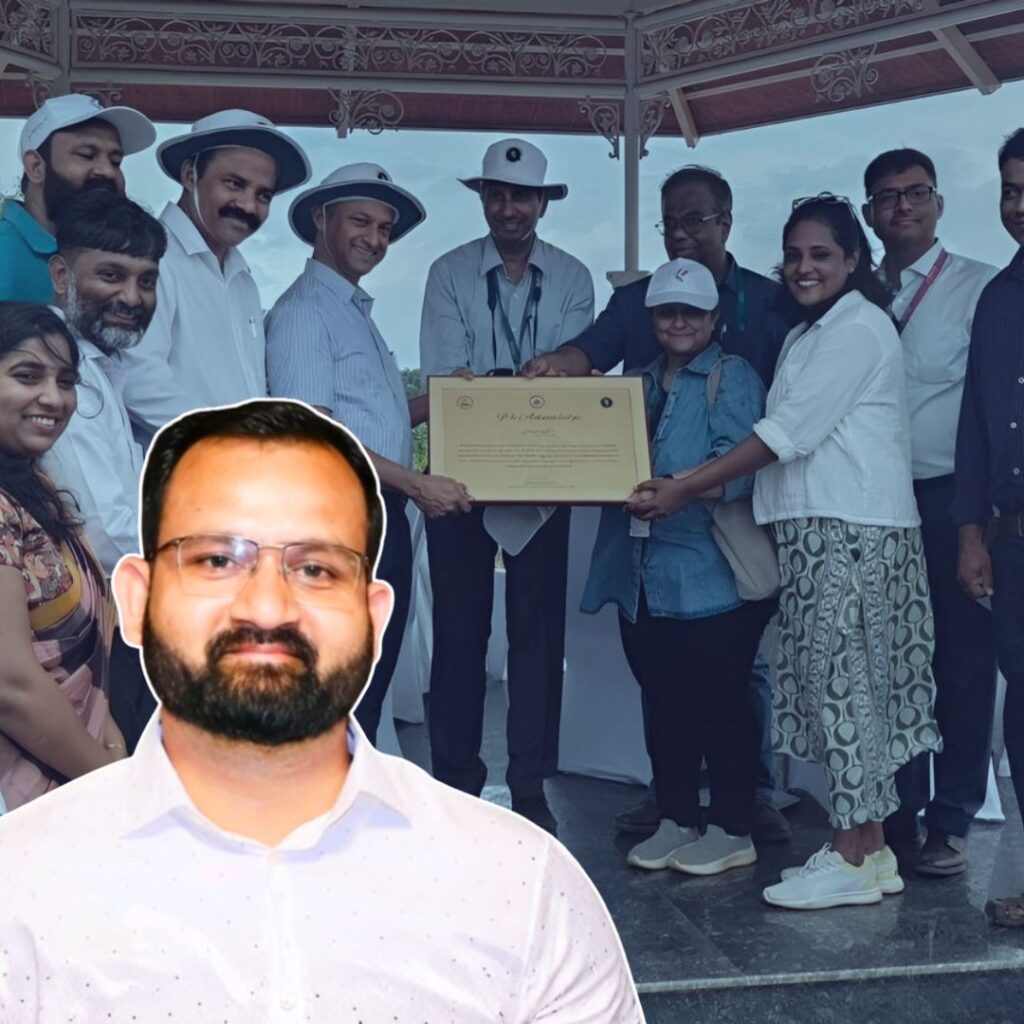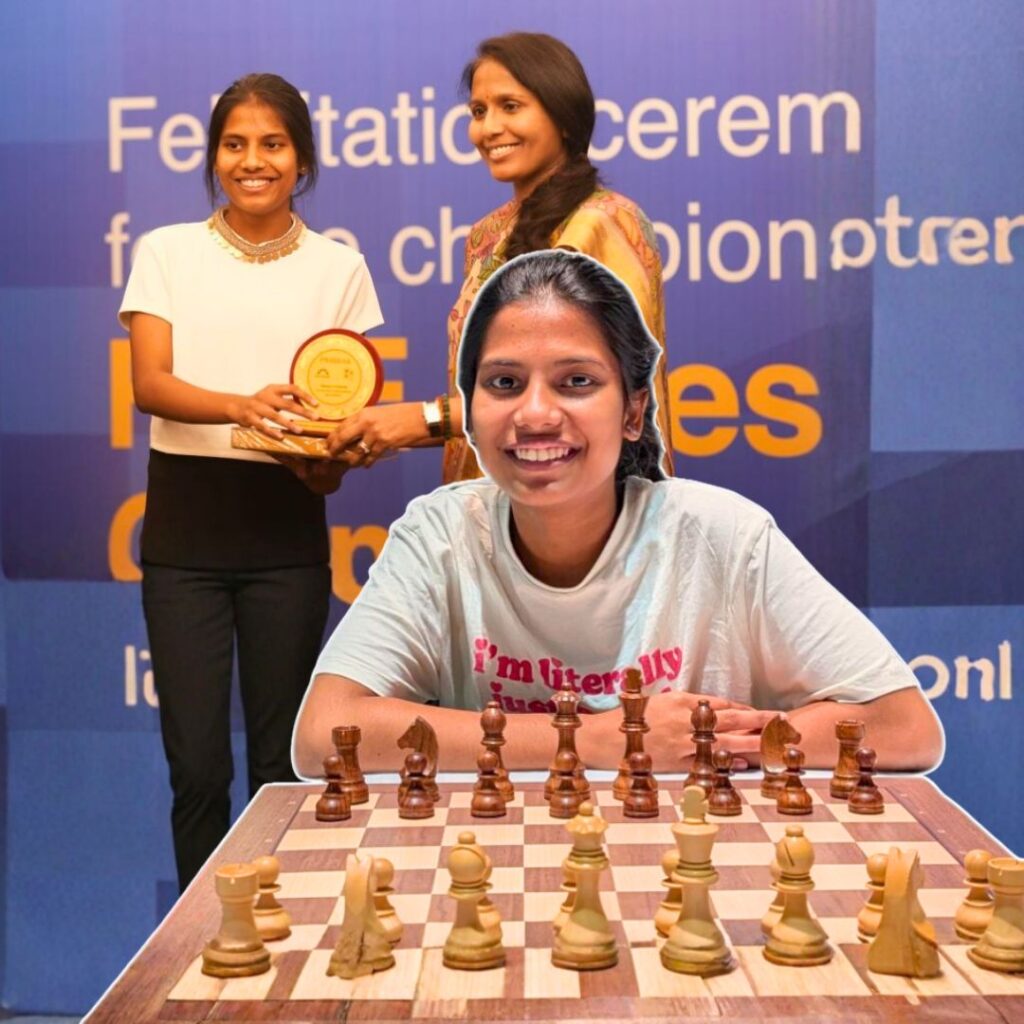Image Courtesy: modibharosa
Ninety-one years ago a man was born who would become one of the most influential leaders in Indian history. Atal Bihari Vajpayee’s tenure as India’s 11th Prime Minster would be historic. As the first non-Congress politician to complete five years as Prime Minister, Vajpayee’s Premiership was as significant as it was eventful. For many observers Vajpayee’s successful navigation of what was called an “unwieldy coalition” was his biggest achievement; others praise his optimistic foreign policy while others applaud India’s economy under his rule. His tenure cemented the rise of coalition politics in India and witnessed events which would redefine Indian secularism and diplomacy.
On his birth anniversary, The Logical Indian briefly documents the Premiership of Atal Bihari Vajpayee.
2001 Gujarat earthquake: A 7.7 earthquake hit southwest Gujarat on 26 January 2001. The disaster killed nearly 20,000 individuals, injured 167,000 and caused massive infrastructure and economic damage. The Indian Army led relief efforts and the Government called for $1.5 billion in international loans to deal with the devastation.
Foreign policy: In the post-Cold War world, Vajpayee boosted trade and bilateral relations with the United States. In 2000, Bill Clinton became the first American President to visit India since Jimmy Carter’s visit in 1978. Vajpayee also championed a diplomatic solution to the land disputes between India and China.
Foreign policy regarding Pakistan: Vajpayee’s greatest foreign policy efforts lay in his approach to Pakistan. In 19 February 1999, he inaugurated the Delhi-Lahore bus service by travelling in the same to meet his counterpart Nawaz Sharif in Pakistan. This incident became an iconic symbol of international diplomacy and Vajpayee was lauded globally for his pragmatism. The two Prime Ministers agreed on a historic treaty on 21 February 1999 called the Lahore Declaration. The Declaration put forth common goals of peace and bilateral friendship between the two countries and had several contents including nuclear non-proliferation and increased trade relations. However, for all its hype and promise, the Lahore Declaration fell flat after the Kargil War began in May 1999. Hope for a diplomatic solution rose during the Agra Summit between Vajpayee and Pakistani President Pervez Musharraf in July 2001. The Summit failed to transpire into action. After two successive attacks on Indian sovereignty – first on the J&K Legislative Assembly and then the Parliament – the 2001 – 2002 India-Pakistan military standoff brought the two nuclear weapons States dangerously close to war.
Gujarat riots: For almost a period of three months, Gujarat reeled under communal rioting following the death of 59 pilgrims in Godhra after the burning of Sabarmati Express. Over 1000 people died and thousands were displaced. The Vajpayee Government was widely criticized for inefficient handling of the violence.
India’s economy during the Vajpayee years: Building upon the 1991 economic reforms, the Vajpayee administration privatised many State-controlled institutions. To increase employment and bolster infrastructure, the National Highway Development Project (NHDP) was launched, spearheaded by Golden Quadrilateral – the largest highway project in India. The Government encouraged foreign investment and approved the Delhi Metro Project. Indeed, the fact that Vajpayee maintained steady economic growth at 6% – 8% in spite of natural disasters, the Gulf War, the oil crises, 9/11, the War on Terror, the Kargil War and the Indo-Pak military standoff is an applaudable achievement.
Indian Airlines hijack: On 24 December 1999, Indian Airlines Flight IC 814 was hijacked by five terrorists and flown to Taliban-ruled Afghanistan. The hijackers demanded the release of certain terrorists held in India. The seven-day-long hostage crisis ended after India agreed to release three militants in exchange of the passengers.
Kargil War: Between May and July 1999, India and Pakistan engaged in armed conflict for the fourth time since 1947 after Pakistani soldiers and Kashmiri militants infiltrated into India across the Line of Control. It remains the only major military conflict between two nuclear weapons-holding States.
Nuclear tests: Under Pokhran-II, five underground nuclear bomb explosions took place on May 1998. The tests, which collectively were called Operation Shakti, were controversial and resulted in sanctions by the US and the European Union. The sanctions resulted in slightly declining foreign investment but largely failed to impede the economy.
Social programmes: Vajpayee began the Sarva Shiksha Abhiyan or Education for All Movement to provide universal elementary education. His administration initiated plans for providing overseas citizenship to NRIs. He encouraged scientific research and increased Government spending on R&D. He passed the Chandrayaan-I project which enabled India to reach the moon in 2008.












